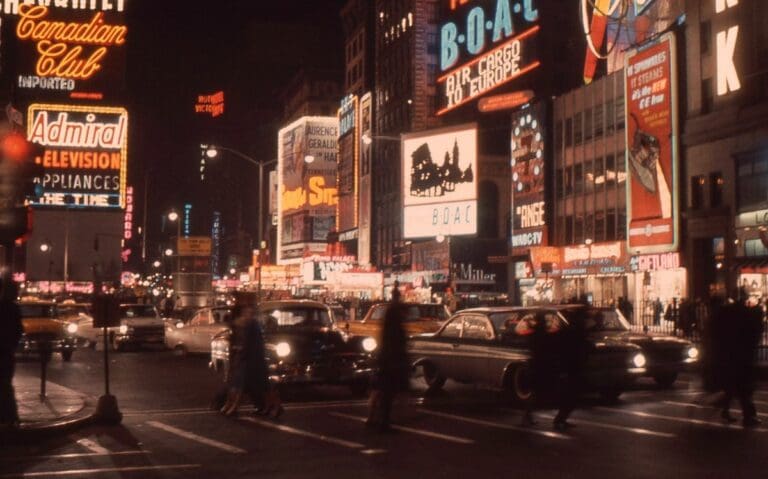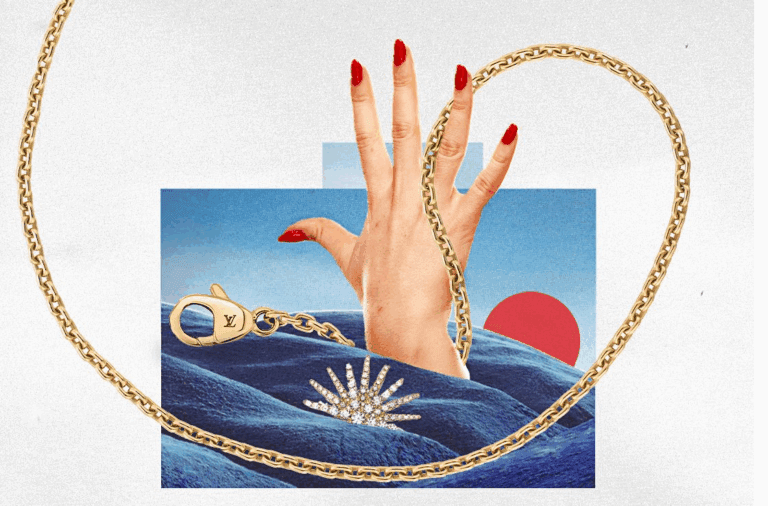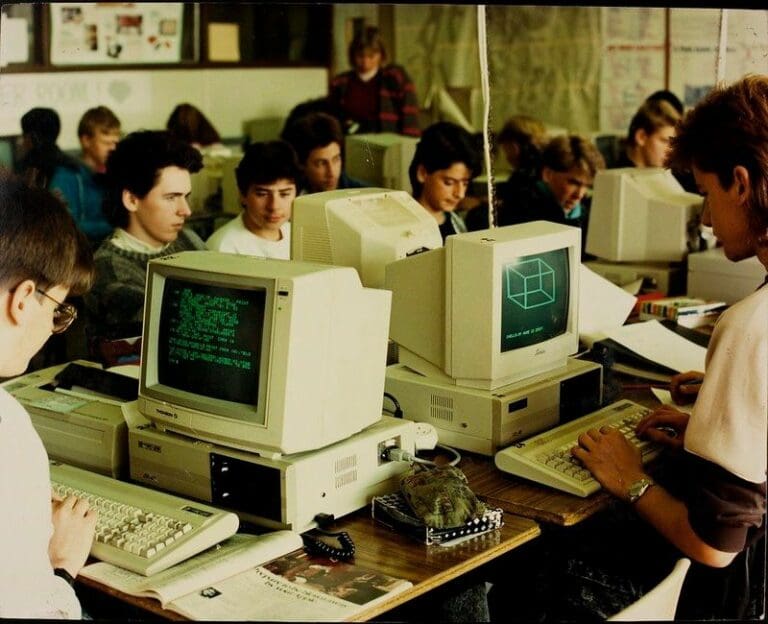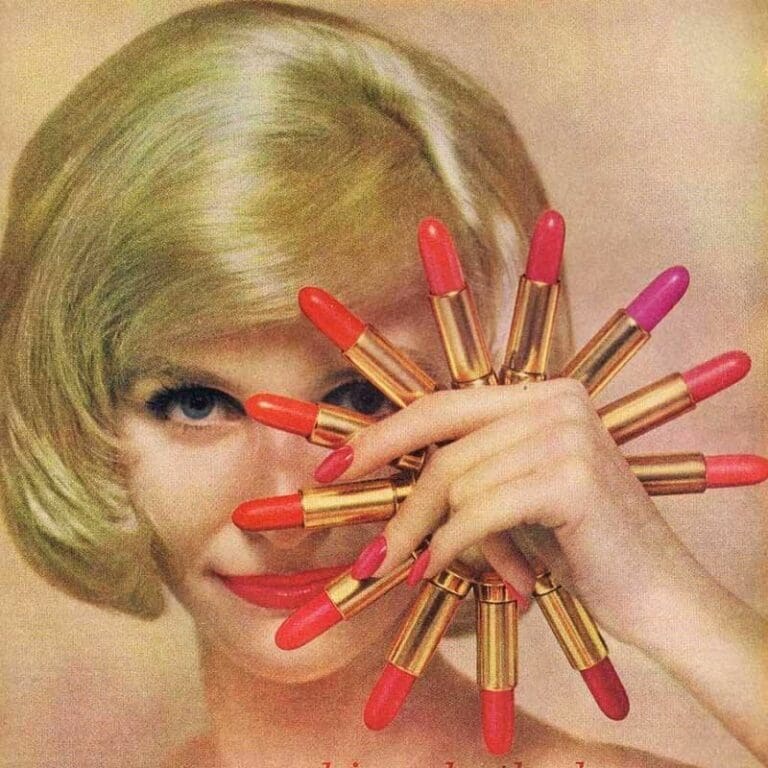Why does a designer or marketer need references, and how do they affect the final result? It might seem that if you have talent and experience, why look for someone else’s work? In fact, searching for examples is not a sign of weakness, but a sign of professionalism. References allow you to see what is difficult to notice at first glance, emphasize important nuances, help improve UX, or find a unique solution for a task. It’s like an artist studying the masterpieces of past masters before starting work in order to create something of their own, but even more impressive.
What references are in design: defining the term in simple words
References are examples that a creative process relies on. They are not ready-made templates for copying, but rather starting points — an example, concept, or aesthetic on which a new work is built. References help maintain an idea in the right style, choose an appropriate palette, font, or composition, and sometimes even determine the correct direction.
The purpose of references is to serve as a guide, a kind of visual or conceptual beacon that leads through a stream of ideas, ensuring harmony between the concept and its implementation.
Where they are used: design, music, film, advertising
References are not limited to a single field, and that is their strength. In design, they are perhaps the most obvious: before creating a logo or brand book, designers collect visual examples — a moodboard or artboard — to better understand in which style and colors to move forward.
In music, they are melodies, rhythms, and stylistic techniques that suggest the direction of a track’s sound. In film, they are editing choices, shots, and atmosphere that directors use to build their own story. In advertising, references help develop the script and visuals. For example, creating creatives and banners is impossible without a clear understanding of which style and concept already work in the market.
Why references are needed in creative projects
How are references useful? Their role in a project is hard to overestimate:
➤ Speed up the creation process. Having clear guidelines reduces the time spent on discussions and experiments.
➤ Improve quality. They set standards at the visual and conceptual level.
➤ Ensure shared understanding within the team. A common base helps avoid disagreements in project vision.
➤ Inspire creativity. Seeing high-quality examples generates new ideas and unconventional solutions.
➤ Help avoid mistakes. Analyzing others’ solutions allows potential issues to be considered in advance.
➤ Simplify communication with the client. Instead of lengthy explanations, a sample can be shown to receive feedback.
Thus, no creative task is complete without the proper use of references, which become the foundation for new solutions.
Main types
Now about the varieties. Visual references are the most popular; they include graphics, photos, illustrations, color palettes, fonts, icons, and of course, logos. These elements provide a visual representation of the final product.
Audio references are examples of sounds, music, or tonalities that affect perception. For instance, a commercial may have its own musical concept based on selected tracks or sound effects.
Stylistic references can be retro, minimalism, grunge, or futurism, which unify all elements into a cohesive whole.
The table below demonstrates the key types of references and their characteristics.
| Type | Example | Main elements | Purpose of use |
| Visual | Website reference with a bright color palette | Color, composition, typography, logo | Formation of aesthetics, interface, and design |
| Audio | Musical style in advertising | Sound, melody, rhythm | Creating an emotional background |
| Stylistic | Minimalism in graphic design | Style, mood, concept | Defining the overall aesthetics and brand image |
Sometimes these types overlap, and then a reference in marketing becomes multidimensional, combining different aspects.
How to properly gather references for inspiration and task setting
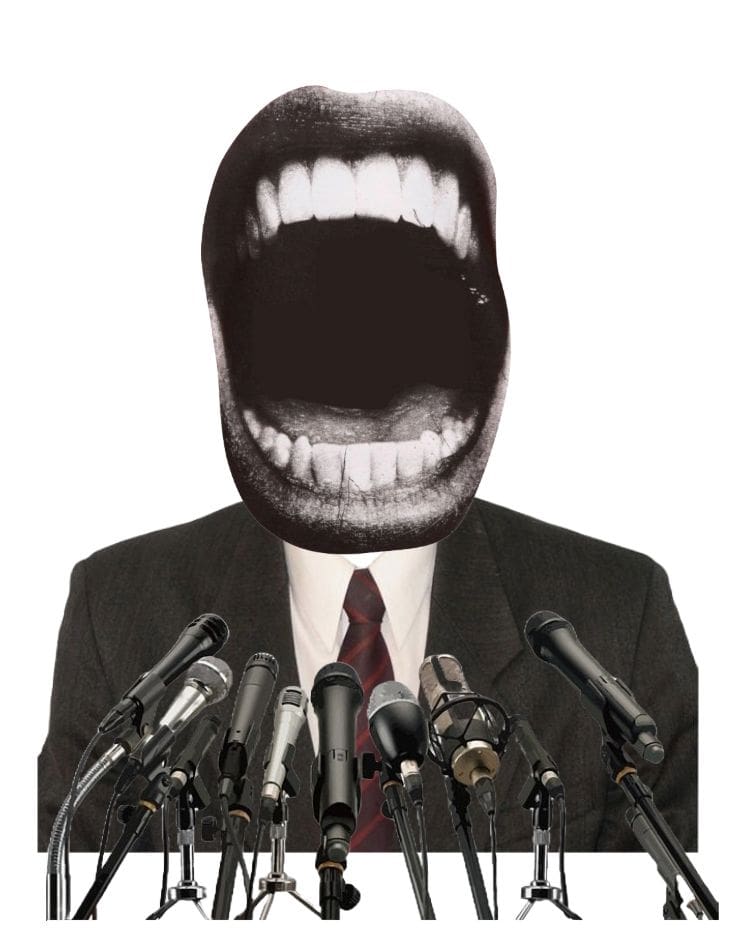
The process of collecting references can be divided into stages:
➤ Defining the goal — what needs to be achieved: style, concept, typography?
➤ Selecting references — on Pinterest, Behance, Dribbble, Instagram, YouTube.
➤ Creating a moodboard or artboard — a visual collection highlighting key elements: palette, fonts, composition.
➤ Analysis and systematization — it’s important not just to copy, but to understand what exactly attracts in each example. Sometimes it’s the color, the font, or sometimes — the text structure, block logic, headline presentation. This is especially critical when the project is SEO-oriented: references help build visual aesthetics and an effective page architecture.
And, of course, discussion with the team. All project members should understand why these particular references were chosen.
How a reference differs from copying
Very often, people confuse references with copying. They are different things, although at first glance it may seem otherwise. The difference is fundamental.
References are not ready-made solutions, but guides. They are inspiration, examples. They help set a direction and find the right style, but the final work must still be original.
Using references is ethical if:
➤ Own ideas and unique elements are incorporated into the work;
➤ The style is adapted to the specific task;
➤ Copyrights are respected — for images, logos, fonts, illustrations, vector graphics, etc.
Copying is an attempt to reproduce someone else’s work without changes. Such behavior destroys trust, violates the law, and makes the product derivative.
Searching for references: best services and platforms
The Internet is full of resources where you can find high-quality and diverse references. Among the most popular:
➤ Pinterest — a huge collection of images, concepts, moodboards, easy to organize and share.
➤ Behance — a platform with professional portfolios, case studies, and detailed project descriptions.
➤ Dribbble — a community of designers sharing UI/UX, logos, icons, banners.
➤ Awwwards — websites with high ratings for design and usability.
➤ Instagram — a search tool for trends in illustration, photography, and graphic design.
Each service has its own features and suits different tasks, but all of them allow you to find quality references for websites, graphics, and concepts for work.
How to format and structure a collection for the team
It is very important that a collection is understandable not only to its creator but to the entire team. Therefore, it should be organized systematically: divided into categories, accompanied by explanations, and highlighting key points — what specifically inspired the creator and which part of the project it can improve.
Digital tools can be used to store and share collections — Google Docs, Miro, Notion. Not only aesthetics matter, but also functionality: any team member should be able to quickly find the necessary example, view the details, and understand which prototype or layout can be created from it.
Mistakes when using references that slow down a project
Despite the obvious advantages, working with references can present problems:
➤ Chaotic collection of references without a clear goal — leads to information overload.
➤ Blind copying — kills creativity and carries legal risks.
➤ Inability to filter and adapt — all samples must align with the project’s objectives.
➤ Incorrectly organized selection — lack of explanations and structure makes it useless.
➤ Ignoring the team and client — the selection should serve as a shared working base.
➤ Using outdated or irrelevant examples — references should reflect current trends and audience expectations.
All of this can slow down the process and reduce the quality of the result.
Examples of how references help improve results in different fields
Let’s look at several situations where well-chosen examples had a noticeable impact.
1. Web Design
An e-commerce project. The client sent references of websites where they liked the block rhythm and visual contrast. The team used them as a base. Result: a fast prototype, clear navigation, fewer revisions.
2. Advertising
Creating a promo banner. The manager sent four examples from Behance — layout, color, presentation. This gave direction: the copywriter — tone, the designer — vector. Deadlines were cut in half.
3. Video
Shooting a commercial. The director suggested five shots from European films as references for lighting and framing. The cinematographer understood how to build the scene, and the team knew how to convey the atmosphere. The video was approved without revisions.
4. Music
A sound branding project. The client showed three tracks and explained what they liked — synthesis, tempo, rhythm. The producer compiled fragments and added vocals. Result: a recognizable style and precise targeting of the audience.
Conclusion
References are a powerful tool that gives a project clarity and cohesion. Whether it’s a logo, interface, or advertising campaign, they help quickly form a clear vision, maintain a consistent style, and choose a harmonious palette, font, and composition. References guide the creative process, preventing mere copying, and allow the creation of unique, effective solutions.

